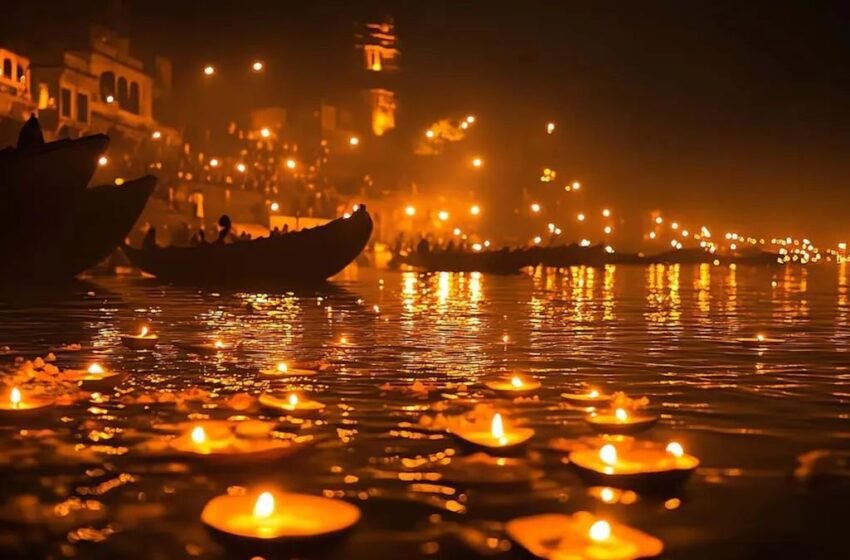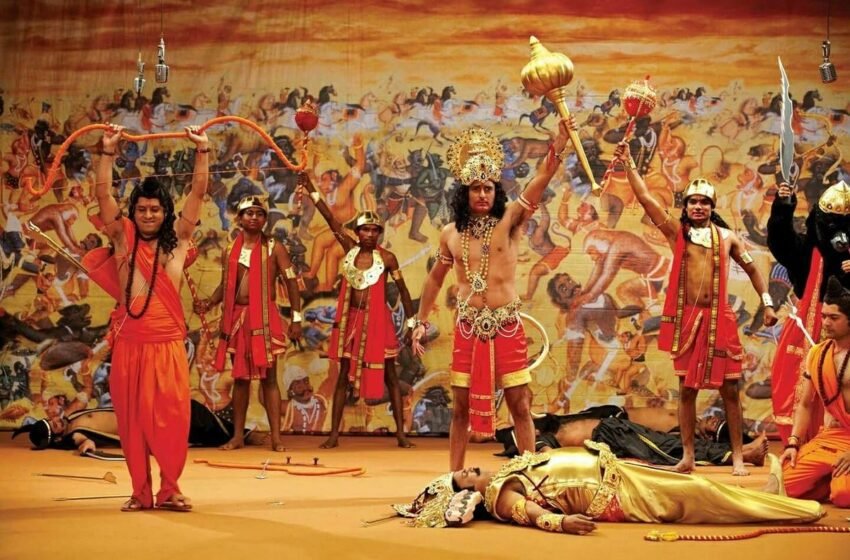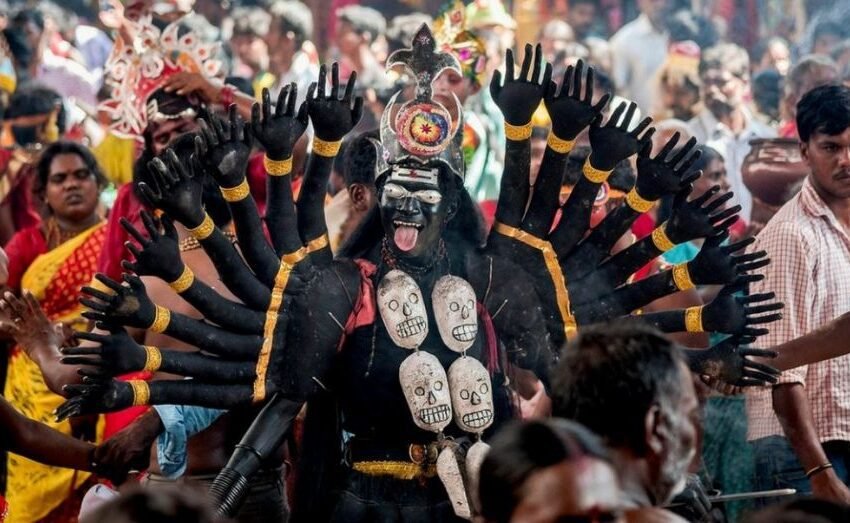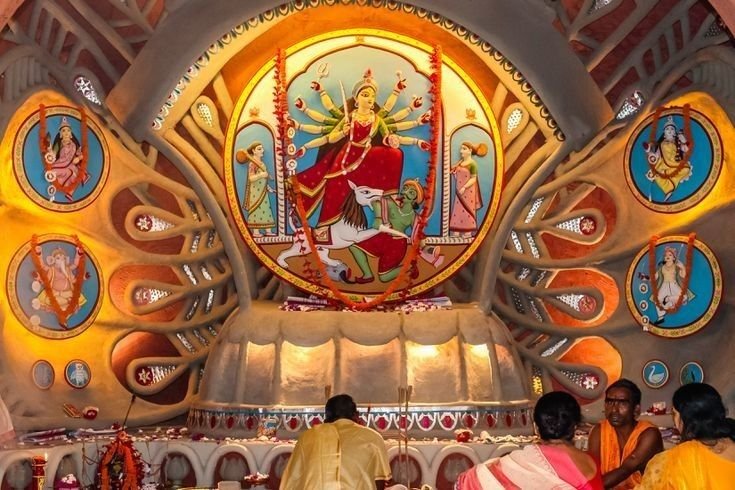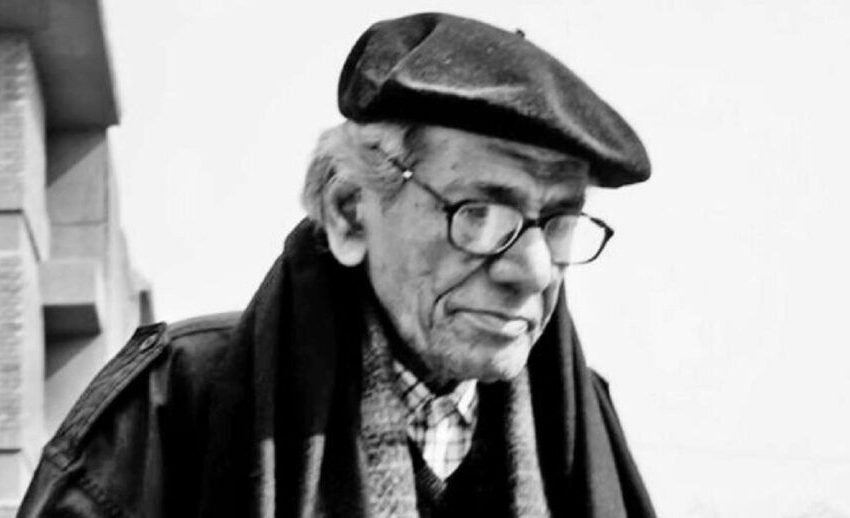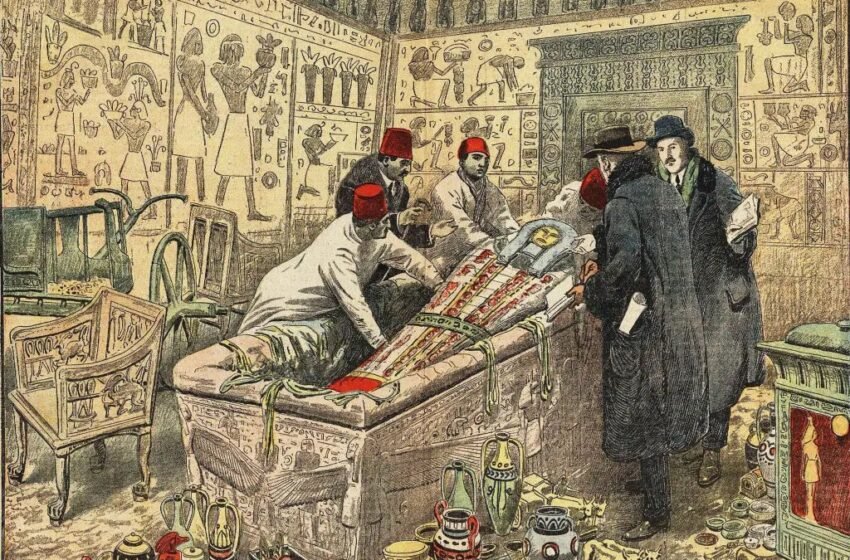~ Debashri Mandal One of India’s greatest festivals, Diwali, or Deepawali, lighten up every corner of the country with flowers, sweets, rituals, colorful rangolis, lots of crackers, and, of course, diyas filled with love, warmth, and happiness. However, the festival of lights doesn’t stop here and again re-emerges exactly after fifteen days of Diwali on […]Read More
Tags : INDIA
-Bhoomee Vats The term ‘Ramlila’ literally translates to “Rama’s play”. It is a performance of the epic of the Ramayana in a series of scenes that does not just consist of acting but also includes song, narration, recitation, and dialogue. It is performed all around northern India during the festival of Dussehra, held each year […]Read More
Dussehra Celebrations in India:From Mysore to Kullu, Exploring the Various
-Bhoomee Vats Navratri is a major festival filled with symbolism about destroying evil and selfish nature, and about having deep respect for all aspects of life, including the things and objects that contribute to our well-being. The nine days of Navratri are divided on the basis of the three basic qualities of tamas, rajas, and sattva. The first […]Read More
-Bhoomee Vats Durga Puja is a festival that includes the worship of the mother goddess, and it is one of the most important and major festivals of India. It is not just a religious festival, but it also constitutes the emotions of reunion and renewal of the spiritual self while celebrating the traditions and norms […]Read More
~Vani Mishra In that harsh winter of 1692, in the tiny Puritan community of Salem Village, rumors of the occult started to circulate. In a few short months, those rumors became shouts of accusation, public confessions, and the awful silence of the gallows. The Salem Witch Trials were not about magic. They were of fear, […]Read More
~Vani Mishra There was a time when the boundaries of the known world were sketched not in sharp lines but in speculation, fantasy, and sometimes in advisories: “Here be dragons.” Maps were more than travel guides for centuries. They were reflections of human desire, ambition, and fear. In the Age of Exploration, approximately between the […]Read More
Habib Tanvir: The Maverick Playwright Who Revolutionised Indian Theatre
-Bhoomee Vats Habib Tanvir, born on September 1, 1923, was 86 years old when he died in 2009. His connection and working with the stage stayed alive until his death and hence spanned nearly three-quarters of his life. In the time he worked for the theatre as a playwright and director, he not only evolved […]Read More
-Bhoomee Vats T.K. Radha, or Thayyoor K. Radha, was born in Kerala in British India, an era when educating girls beyond high school was not so common. The fourth child of her parents, she was the smartest among all her sisters while pursuing higher education at the Presidency College in Madras, which is now known as Chennai, […]Read More
The Curse of Kings: Legendary Dooms and Historical Realities
-Ananya Sinha Power has ever been a double-edged sword. Kings and leaders over the centuries have been in a self-contradictory role, graced with divine right or periodic charisma, but haunted by rumour of treachery, downfall, and devastation. In cultures everywhere, the legend of a ruler’s curse, either divine or moral retribution, or symbolic prophecy, has […]Read More
-Vani Mishra The Olympic Games are usually characterized as a celebration of human spirit, athletic talent, and international unity. They are supposed to rise above political conflicts and cultural divisions, at least on an ideal level. History, however, instructs us that sports are never completely severed from the societies and power relations in which they […]Read More
